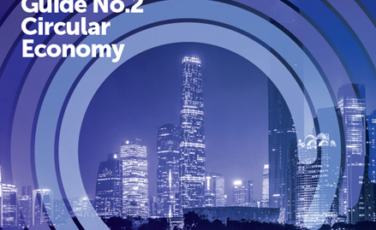
The EFFC are pleased to announce the publication of the Circular Economy Guide, one in a series of guides driving sustainability in the deep foundations and the geotechnical industry. The circular economy is now EU policy and looks to reuse materials and resources and at each stage to change the way industry continually consumes resources and energy.
This guide gives practical advice to contractors on the ways they can apply circular economy principles to their activity and reporting requirements. Each guide uses a “what, why, how, measure” approach to sustainability, assisting companies at every level, to access the information required to navigate legislative changes that will affect them both directly and indirectly through the supply chain.
EU legislation now requires companies to report on several areas to lead to a more sustainable future. Two key pieces of legislation are the CSRD (Corporate Sustainability Reporting Directive) and Taxonomy regulations. The CSRD will require companies to report and be audited on: Climate change; pollution; water and marine resources; biodiversity and ecosystems; Resource use and circular economy from 2024/25.
Taxonomy is a current requirement, obliging companies to have a positive impact on one of the following: Climate change mitigation & adaptation; water and marine resources; pollution; biodiversity and ecosystems; circular economy.
With these legislative changes in mind, the EFFC have produced this practical guide to support contractors make the adjustment. For contractors outside the EU, the national legislation is generally being developed in parallel to the EU’s Directives and the Guide should still be relevant.
An international version of the Guide is intended to be produced in the future in partnership with the DFI.
It is also intended that a webinar is held to explain the guide and go through practical examples of how it can be applied. More information will be shared when this is available.
To view the guide, please click here.
